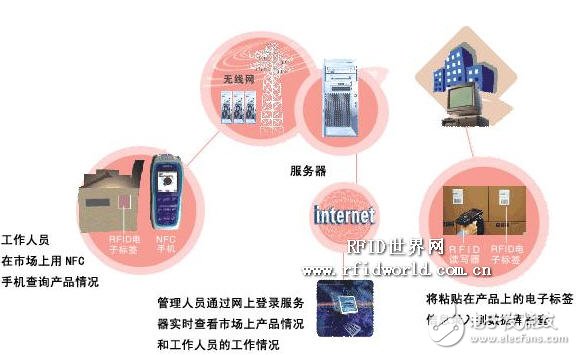I. Project Background
With the advancement of economic globalization and the rapid growth of the digital economy, the global logistics industry has experienced significant development. As companies become more interconnected in procurement, warehousing, sales, and distribution, the complexity of their collaborative relationships has increased. In this competitive landscape, businesses are no longer just competing on product quality or performance, but also on their logistics capabilities. By leveraging information technology, companies can replace manual operations with automated systems, reduce waste, save time and costs, and achieve seamless integration across the supply chain. This allows for better information management throughout the logistics process, enabling efficient control over warehouse and logistics data. The goal is to enhance data sharing, improve inventory turnover, increase operational efficiency, and align the logistics process with modern enterprise management standards.
II. System Overview
Shenzhen Guanyicheng Technology Co., Ltd.'s "Warehouse Logistics Management System" is a comprehensive platform designed to track, manage, and monitor cargo information using RFID (Radio-Frequency Identification) technology. This system integrates advanced RFID technology with computer-based database management and query systems. It automates the identification of goods, significantly reducing labor and resource consumption. The main functions include:
- **Inventory Management**: Enhancing visibility and accuracy of goods movement helps reduce inventory holding and handling costs. RFID technology improves demand forecasting across the supply chain, making inventory management more efficient.
- **Anti-Theft Control**: RFID tags are used at all outlets to prevent theft, minimizing losses and improving inventory accuracy.
- **Equipment Utilization**: RFID tags on factory equipment help track their usage, increasing asset utilization rates.
- **Manual Operation Tracking**: The system tracks worker activities such as distance, time, number of picks, and delays, helping managers optimize processes and boost productivity.
- **Real-Time Cargo Information**: At the receiving terminals of partner manufacturers, RFID readers serve as proof of delivery, reducing customer complaints and improving satisfaction. Transporters also benefit from faster payment processing, enhancing cash flow.
- **Cargo Traceability**: Integrated with WMS (Warehouse Management System), it enables real-time tracking and querying, improving customer service and trust.
III. System Workflow
1. **Installation of Product**
- **Cargo Label**: It is recommended to attach the label on the side of the packaging box for optimal readability by the reader.
- **Fixed Reader/Writer**: Installed at entrances, exits, and inspection channels. Long-range readers are placed on both sides of the entrance and exit, facing inward for accurate recognition. Inspection channels use overhead-mounted readers, saving space and preventing tampering.
- **Handheld Reader**: Portable and ready for immediate use by staff during audits or inspections.
2. **Distribution of Goods Labels**
- Collect basic product information and input it into the warehouse logistics system database.
- Transfer label information via the system’s search function, then write the data into electronic labels using a card issuing machine. These labels also feature anti-counterfeiting measures.
3. **Identification of Goods Labels**
- **Fixed Identification**: When goods pass through entry/exit points, the system automatically checks their information. If there's a mismatch, management can take corrective actions.
- **Mobile Identification**: Staff use handheld devices to scan and verify inventory data directly, sending it to the server for real-time validation.
4. **Violation Handling**
If items are lost due to human error or policy violations, the system can trace the data and update the label accordingly. Employees can confirm the changes, supporting a paperless and efficient management process.
The system topology diagram is shown below:

huasheng speaker,huasheng speaker Used in telephone,huasheng speaker used in car
Gaoyou Huasheng Electronics Co., Ltd. , https://www.yzelechs.com